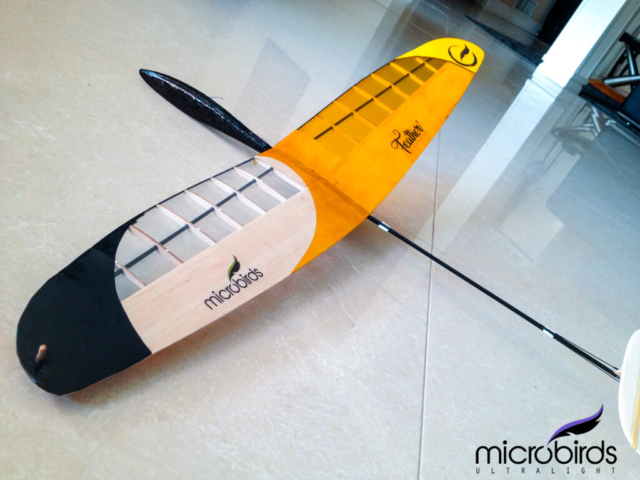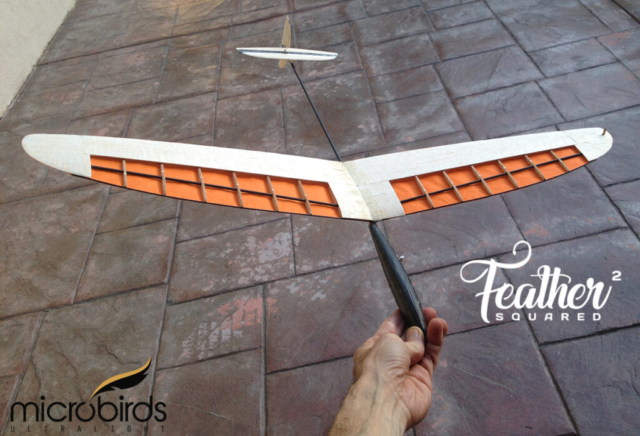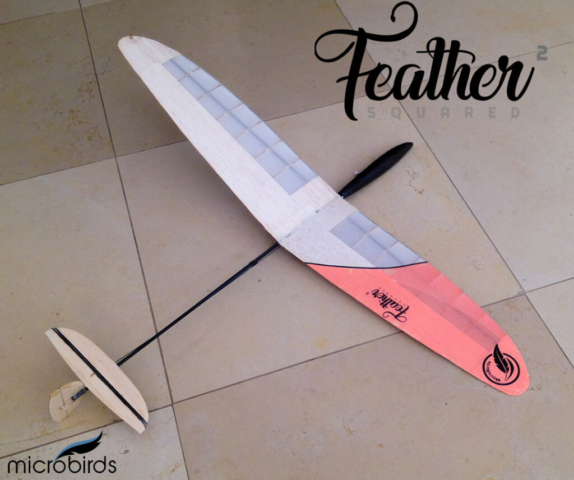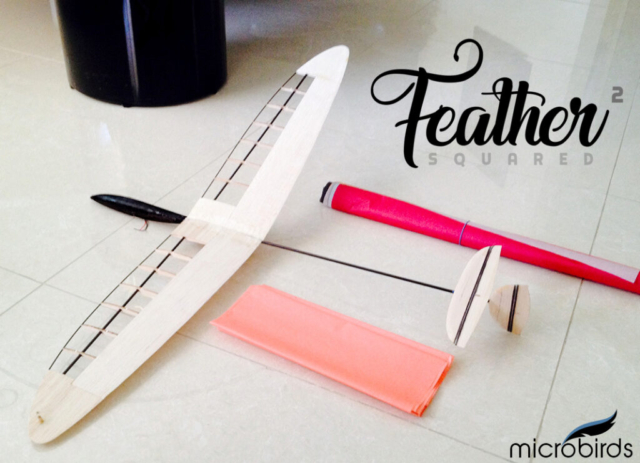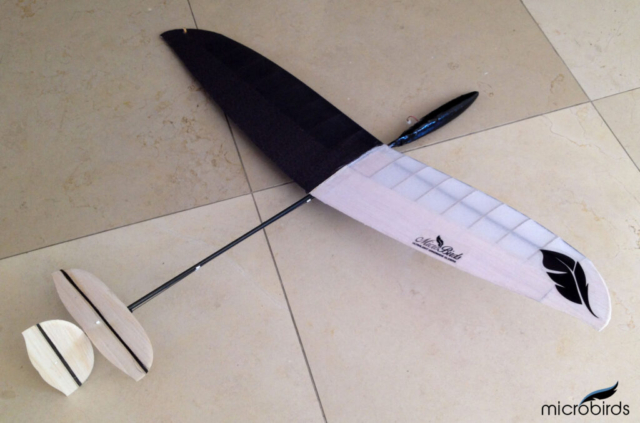A Discus Launch Glider (DLG) is a type of radio-controlled glider specifically designed for hand launching. Unlike traditional gliders, which rely on being launched from a slope or with a towline, DLG gliders are launched by hand, similar to how one would throw a discus. DLGs are typically small and lightweight, with wingspans ranging from around one to two meters. The compact size and minimal weight of DLG gliders make them highly maneuverable and capable of soaring in tight spaces, making them popular among hobbyists and competitive pilots alike.
DLG gliders are constructed with careful attention to weight and aerodynamics to maximize performance during hand launches and in flight. The fuselage is often made of lightweight materials such as carbon fiber or fiberglass, while the wings are constructed from foam or composite materials. These materials ensure that the glider remains light enough to be launched effectively by hand while still maintaining structural integrity and aerodynamic efficiency. Additionally, DLG gliders feature a high aspect ratio wing design, which provides excellent lift and glide performance, allowing them to stay aloft for extended periods with minimal effort.
One of the key features of DLG gliders is their launch mechanism, which typically consists of a peg or hook located on the underside of the fuselage. The pilot holds the glider by the fuselage with one hand and grips the peg with their thumb or finger. With a quick, smooth motion, the pilot swings the glider overhead and releases it at the optimal moment to maximize altitude gain. DLG pilots must master the technique of timing and releasing the glider to achieve the highest launch heights possible. With their unique design and launch method, DLG gliders offer an exhilarating and challenging experience for pilots seeking precision flying and competitive soaring.

